In an interview over the weekend, ECB Governing Council member Martins Kazaks, chief of Latvia’s central bank, sought to temper market expectations regarding rate cuts. He emphasized that any anticipations of rate cuts in the spring or early summer are “not really consistent with the macro scenario” that is currently envisioned.
Kazaks underscored his contentment with the present rate levels, expressing that they stand aptly. He clarified, “While I’m comfortable with where rates are at the moment, if necessary we will take the right decisions.” However, he declined to affirm the notion that the rates have reached their peak, thus leaving room for more tightening based on future economic developments.
Stressing the urgency to effectively address the inflation issues in a decisive manner, he said, “I would like to see that we solve inflation in one attempt, that we are not forced to come back,” to avoid a scenario necessitating “larger interventions” down the line.
Separately, another Governing Council member Yannis Stournaras, Greek central bank head, said, “I would have preferred to hold rates last week. But there were arguments in favor of both outcomes — hiking and holding — so I’m fine with the decision we took.”
Last Thursday saw ECB raising the interest rates by 25bps, marking the tenth consecutive hike, thereby elevating deposit rate to a record 4%. Additionally, ECB signaled interest rates have probably peaked in the currency cycle.




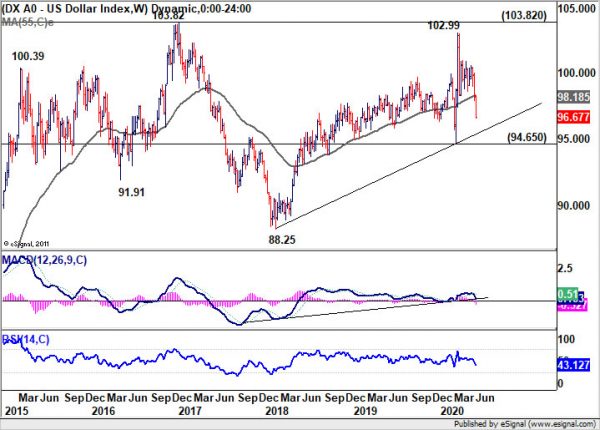
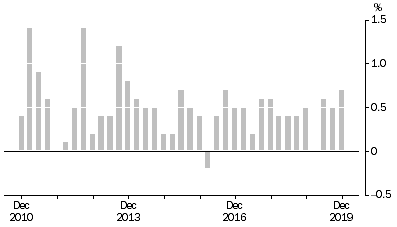
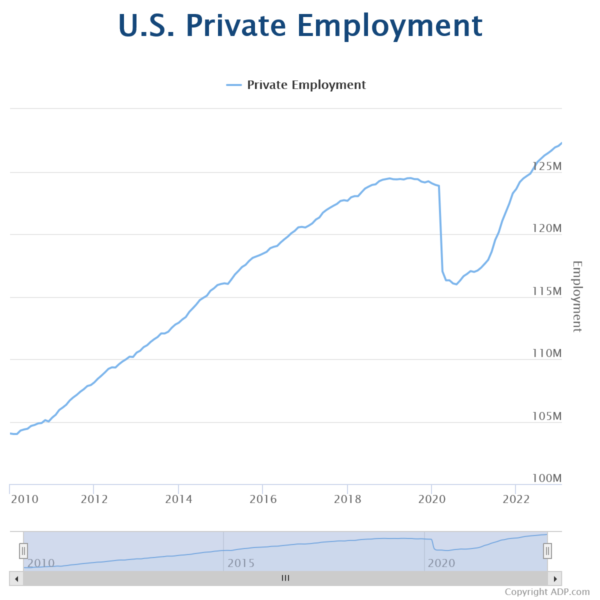
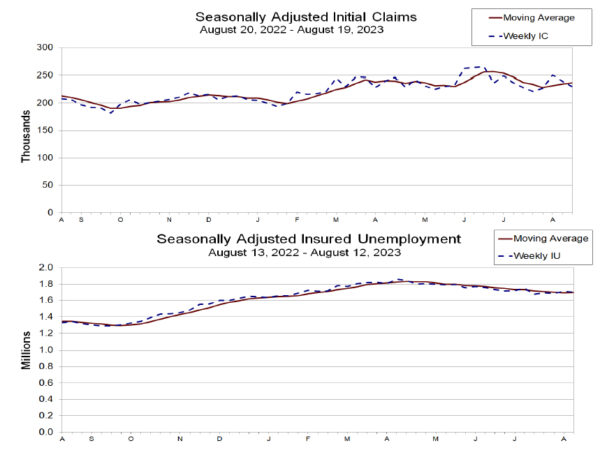
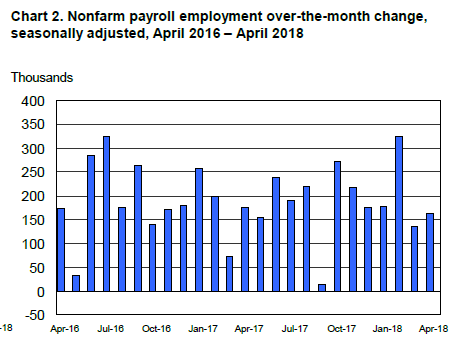
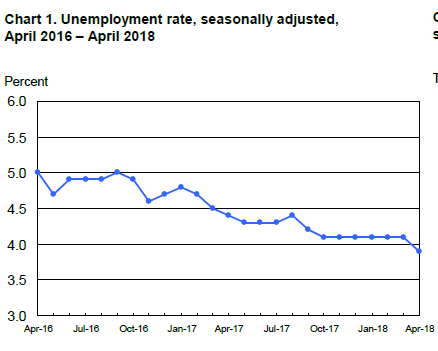

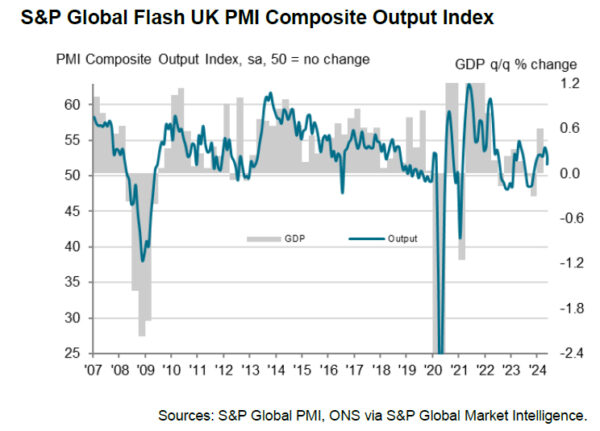
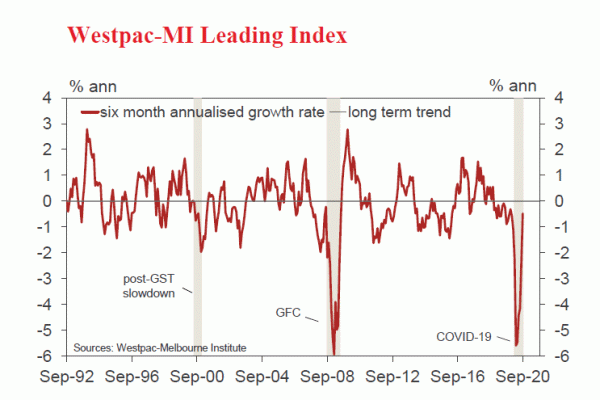
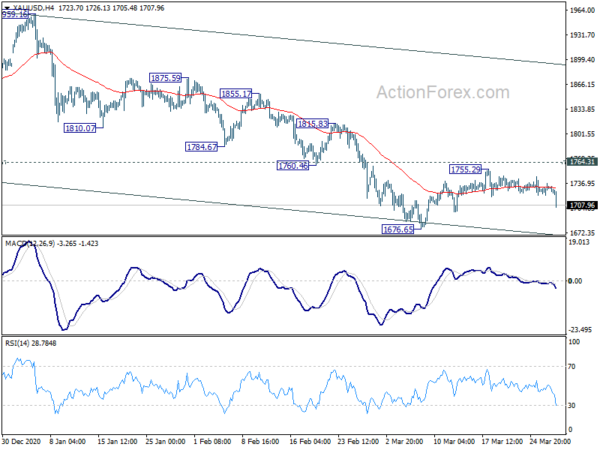
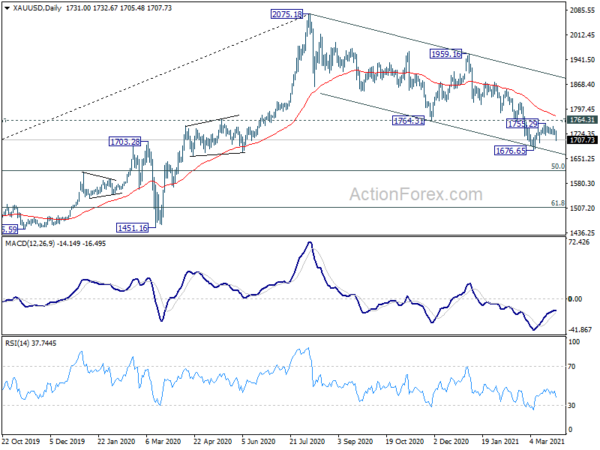
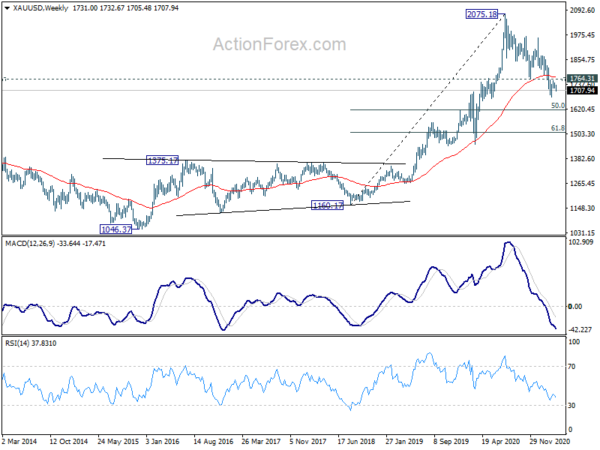
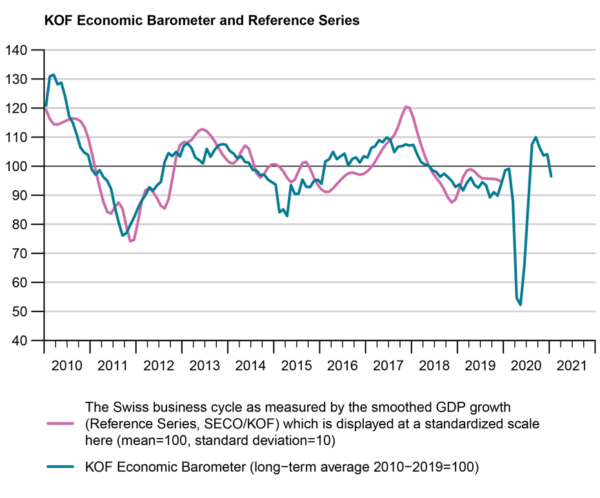
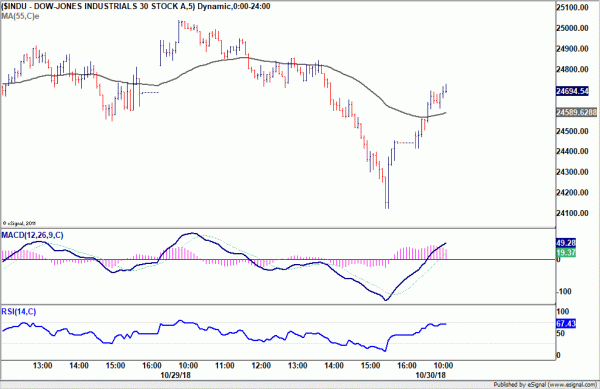
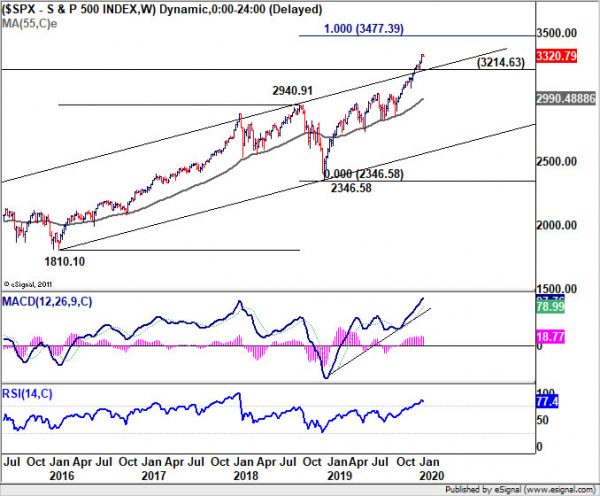
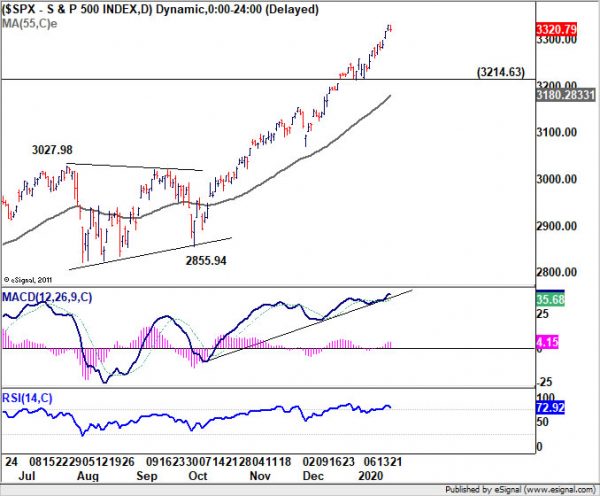
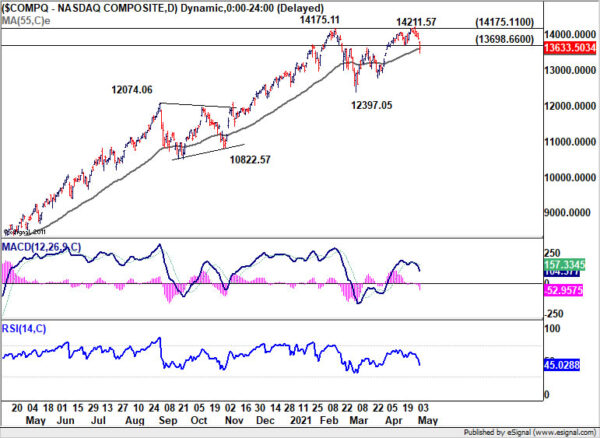

Eurozone retail sales dropped -0.6% in Oct, worse than expectations
Eurozone retail sales dropped -0.6% mom in October, worse than expectation of -0.4% mom. Volume of retail trade decreased by -1.1% mom for non-food products, while food, drinks and tobacco increased by 0.3% mom and automotive fuels by 0.6% mom.
EU28 retail sales dropped -0.4% mom. Among Member States for which data are available, the largest decreases in the total retail trade volume were registered in Germany and Ireland (both -1.9%) and Finland (-1.2%). The highest increases were observed in Portugal (2.1%), Poland (0.9%), Belgium and Romania (both 0.8%).
Full release here.